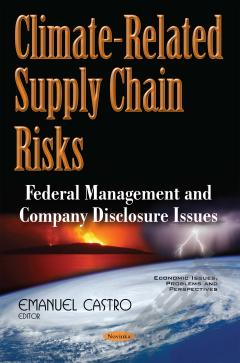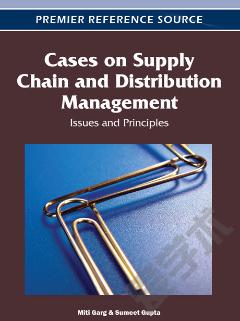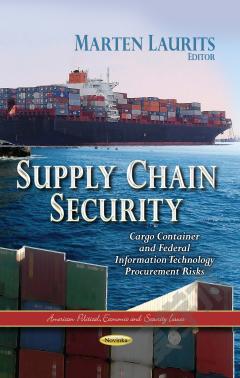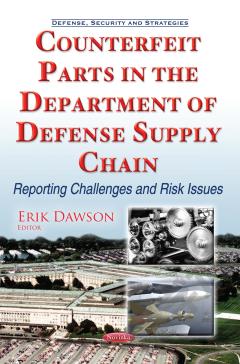Climate-Related Supply Chain Risks: Federal Management and Company Disclosure Issues
The federal government obligated about $445 billion in fiscal year 2014 for goods and services such as disaster response products and telecommunications. Agencies with missions that depend on the secure and efficient transit of goods and services have had their supply chains disrupted by weather-related events, such as Superstorm Sandy. According to the National Climate Assessment, the severity and frequency of such events is expected to increase. Agencies developed adaptation plans in response to executive orders and implementing guidance issued by the Council on Environmental Quality’s (CEQ), which coordinates federal environmental efforts. This book examines the extent to which selected federal agencies have identified climate-related risks to their critical supply chains; the extent to which they have identified and implemented actions to manage these risks; and what is known about the federal government’s fiscal exposure to such risks. Furthermore, the book examines the types of climate-related supply chain risks companies are disclosing in their Securities and Exchange Commission (SEC) filings and other channels through which companies may disclose climate-related supply chain risks; how SEC considers climate-related supply chain risks when monitoring and enforcing compliance with disclosure requirements; and what actions, if any, SEC has taken to identify climate-related supply chain risk information that investors may need.
{{comment.content}}








 京公网安备 11010802027623号
京公网安备 11010802027623号